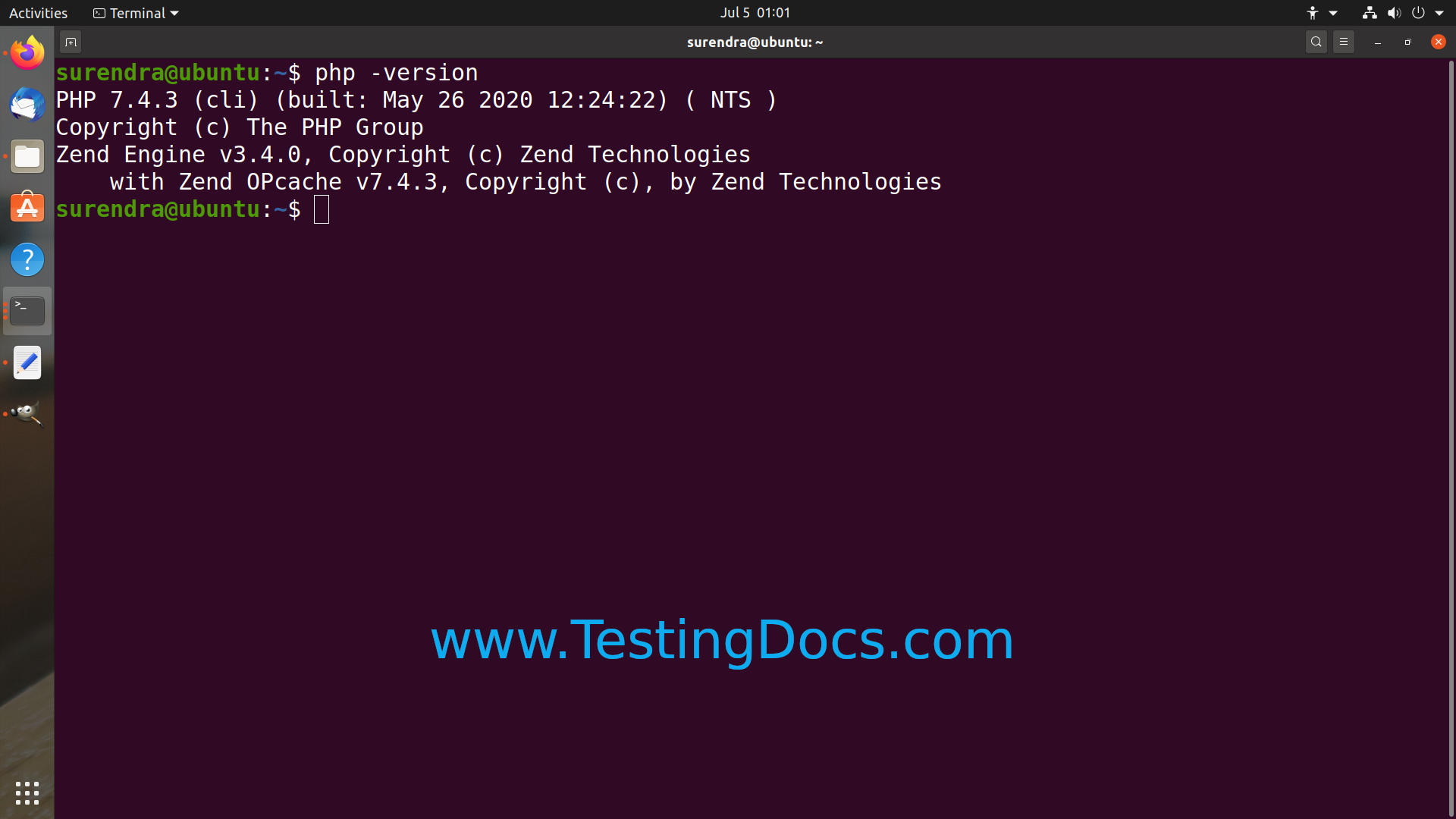
Sometimes you might want to open open a new split with the terminal already on it, we can do that by chaining some Vim commands :split | terminal or :vsplit | terminal (or :vs | te or :vs +te) will achieve this effect, and those can also be remapped for something more practical. Just be careful when using the key for this effect as that will made sending key commands to your applications running inside the terminal impossible. I remapped it to et as a diminutive for “exit terminal” but you can use anything you want. We can use the :tnoremap command to create a mapping that applies only in Terminal mode (:help :tnoremap). I reckon that using Ctr+\ Ctr+n to return to Normal mode is quite far-fetched, so it’s a good idea to remap that to something more usable. By default the hotkey to re-enter normal mode is Ctr+\ Ctr+n.Īs a bonus, we can copy commands from the one buffer and paste them into the terminal buffer using Vim’s standard yank/paste commands. When quitting the last window (not counting help windows), exit Vim. If this was the last window for a buffer, any changes to that buffer are lost. (Note: CTRL-Q does not work on all terminals) :quit Quit current window. The only different thing is that to return to Normal mode we don’t use the key command. The '-o' and '-O' arguments to Vim can be used to open a window for each file in the argument list. So, to actually start using the terminal we need to switch into Insert mode. This command will leave us in the terminal buffer, except we are in Normal mode. To do this we can use :terminal or :term command. The trick to turn it into a window manager is to launch terminal mode inside those splits. With splits we are actually running different Vim buffers on the same page. Ctrl+W w is the keyboard shortcut to move around the panes we have currently open. If you never used splits on Vim it’s quite simple, we can use :vsplit or :vsp to create a vertical split or :sp to create an horizontal split.
#Windows vim open in terminal how to#
The hard part in this might be how to switch between environments, but we’ll tackle those in a moment. Then we basically use Vim splits to split the environment and then use :term to run terminal on those.
nnoremapThen just run v text.txt and it will open a new terminal window. Alternatively, if you want to open a text file as part of this: /usr/bin/osascript on run argv tell app 'Terminal' to do script 'vim ' & item 1 of argv end run. Those are the main requirements, since only those versions have terminal mode built on. I'm using vim 8 and I set a shortcut to open a terminal in my vim. Then when you're in terminal, just execute the v script and it will open a new terminal window and run vim. To use Vim as a window manager we need a version that’s 8 or bigger or Neovim. Being able to split Vim into different buffers and launch terminal applications inside them made the need to use something like tmux much less of an issue.


And with terminal mode, the option to use Vim as window manager.

With the advent of the modern Vim distributions, terminal mode functionality became available. This article implies you have some very basic knowledge of Vim, if you don’t there’s no problem, just check the following article:


 0 kommentar(er)
0 kommentar(er)
